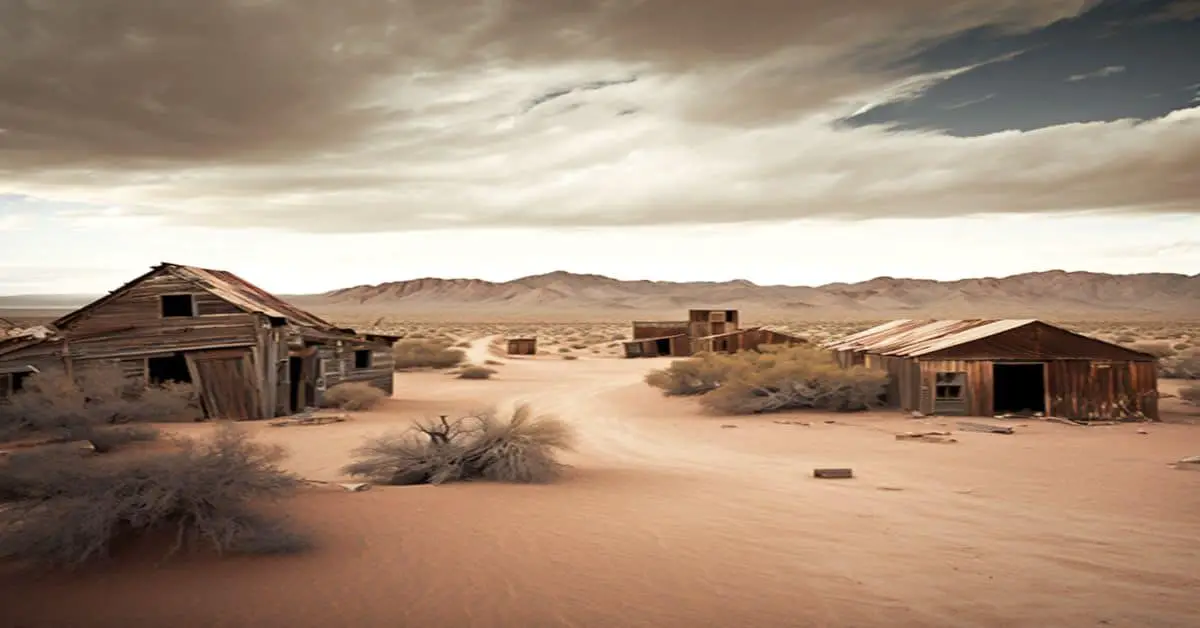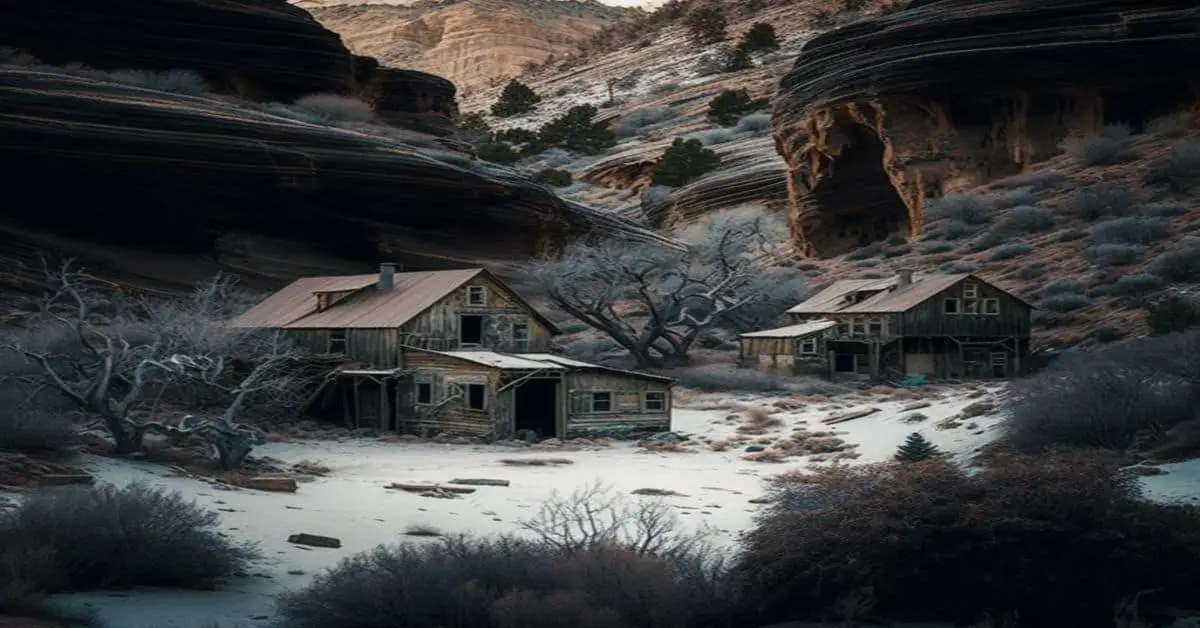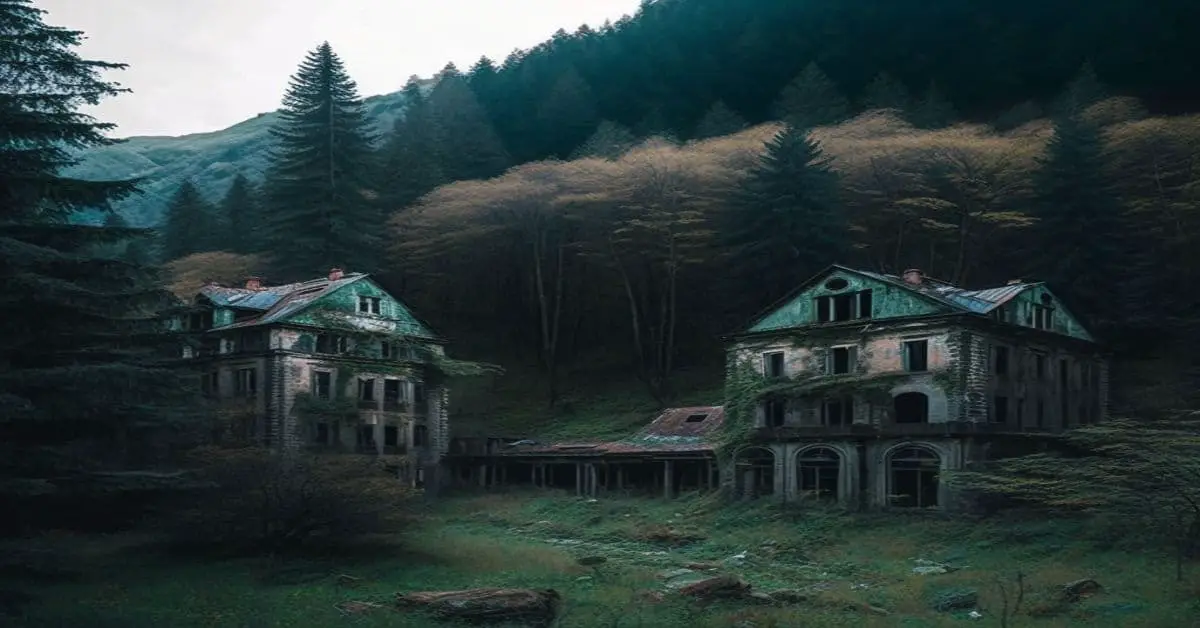Amidst the barren landscape of the Deep Springs Valley in California lies a hidden gem that has captivated the imagination of visitors for generations. White Mountain City, a ghost town that was founded in the early 1860s, stands as a testament to the pioneer spirit and resilience of the human spirit.
Despite being abandoned and far from civilization, this once-thriving town has a rich history, including a scandal involving a gubernatorial candidate, small-scale mining, and periodic attacks from resentful indigenous people.
Like a time capsule, the remains of White Mountain City offer a glimpse into a bygone era and a unique chapter in California’s history. Visitors are transported back in time as they explore the many stone ruins, two fine arrastras, and two smelter remains that dot the landscape.
The town’s fascinating history, unique features, and remote location make it a must-see destination for history buffs, adventurers, and anyone seeking to connect with the past. In this article, we will delve deeper into the history and features of White Mountain City, uncovering the secrets and stories that make it a treasure trove of history and culture.
Key Takeaways
- White Mountain City is a California ghost town founded in the early 1860s, located in the Deep Springs Valley and surrounded by the Inyo and Sierra Nevada Ranges.
- The town has a rich history, including a scandal involving a gubernatorial candidate, mining on a small scale, and conflicts with local Indians.
- A unique college was built nearby in 1911, which only admits the most gifted academic students and emphasizes hard ranch work and deep study.
- Visitors can explore the remains of White Mountain City, including stone ruins, arrastras, and smelter remains, as well as enjoy the area’s warm summers and pleasant or raw winter days.
Location and History
Situated in the remote Deep Springs Valley, White Mountain City, a California ghost town founded in the early 1860s, boasts a westward view of the Sierra Nevada Range, about 35 miles away over the somber Inyo Range in the foreground.
The town’s history is marked by mining on a small scale throughout the 1870s and occasional mining thereafter by individuals.
The area was also the site of a notorious scandal in which a gubernatorial candidate padded the elections by exaggerating the number of votes from White Mountain City.
Additionally, the banks of Wyman Creek were home to Indians who later resented the white settlers of White Mountain City and conducted periodic attacks on them.
The Indians were eventually sent off to Camp Independence and later Fort Tejon near today’s Bakersfield.
Notable visitors to White Mountain City include Mark Twain, who visited during his time living in Aurora, Nevada.
College and Philosophy
The nearby college in Deep Springs Valley was established in 1911 with a unique philosophy of combining rigorous academic study with hard ranch work to cultivate the brightest minds of California.
The college’s education philosophy aims to balance academic excellence with manual labor, allowing students to experience the benefits of both worlds.
The college admits only the most gifted academic students, who work on a cattle ranch and alfalfa farm while studying liberal arts, mathematics, and natural sciences.
Student life at the college is centered around the philosophy of hard work and self-governance.
The students live in small cabins and work together to manage the ranch and farm.
The campus culture is built on mutual respect, collaboration, and the pursuit of knowledge.
The college’s education philosophy is designed to create well-rounded individuals who can think critically, work hard, and contribute meaningfully to society.
Remains and Power Lines
Powerful power lines and picturesque stone ruins pepper the landscape of White Mountain City, serving as a poignant reminder of the town’s past. As visitors explore the remains of this abandoned settlement in the Deep Springs Valley, they can marvel at the intricate stone walls and cabins that were once the homes and businesses of the town’s residents.
The remains of two fine arrastras and two smelter stacks can still be found within the stonework, providing a glimpse into the mining operations that once took place in the area. Preservation efforts have been made to protect the historic artifacts in White Mountain City. Despite the harsh desert environment, the stone ruins have endured for over a century and remain a testament to the town’s unique history.
The discovery of purple glass and a powerline insulator within the townsite highlights the importance of the power lines that once fed electricity to the nearby cities of Tonopah, Goldfield, and Rhyolite, and the role that White Mountain City played in developing the region. As visitors explore the ruins and artifacts, they are transported back in time to a bygone era, providing a unique glimpse into California’s rich mining history.
Frequently Asked Questions
What is the closest town or city to White Mountain City?
Deep Springs Valley is the closest town or city to White Mountain City, a California ghost town founded in the early 1860s. Exploring nearby attractions is possible, including the remains of White Mountain City and the historic power lines. The decline of White Mountain City is attributed to the periodic attacks by Indians and the area’s notorious scandal involving a gubernatorial candidate.
Are there any hiking trails or outdoor activities available in the area?
Coincidentally, the surrounding area of White Mountain City offers various outdoor activities. Exploring nature through hikes and adventures is a popular choice, along with outdoor sports such as biking and fishing.
What is the current population of Deep Springs College?
Deep Springs College’s current population is around 26 students, all of whom are male. Notable alumni include writer Michael Pollan and philosopher William H. Gass.
Are there any legends or ghost stories associated with White Mountain City?
White Mountain City does not have any documented haunted tales or paranormal occurrences. However, the town’s historical significance and ruins have led to the creation of urban legends and ghost stories among visitors and locals alike.
Has any archaeological research been conducted on the remains of White Mountain City?
Archaeological findings indicate that White Mountain City was a significant mining town in the late 1800s. Remains of stone cabins, walls, smelter stacks, and arrastras have been discovered, revealing the town’s historical significance.


